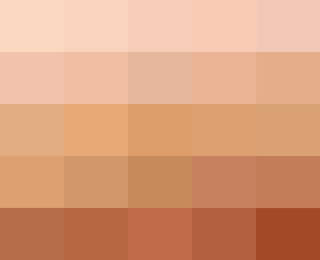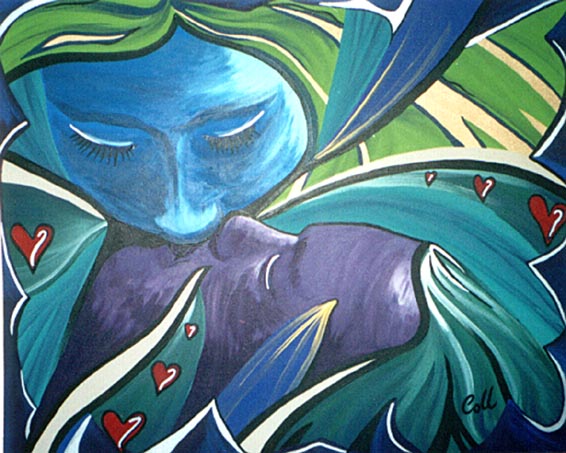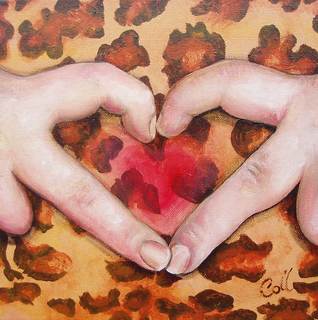Hand Painting or how to paint hands
I could go two ways with this, we could talk about painting hands or paintings on hands so to get the latter out of our systems here is a link to some really cool paintings that use hands as their canvas HANDS AS ART
So obviously I wish to talk about painting hands as it’s often said that they are the hardest part of the human anatomy for artists to correctly portray.
Painting hands often causes serious trouble to both professional and amateur artists. The complexity of their build, especially in realism, puts them among the hardest parts of a human body to portray properly. When painting realistic hands, two key factors are needed to achieve satisfying results: a thorough knowledge of anatomy, and a creative choice of skin tones.
Both of these factors have to be perfectly balanced – even the best technique won’t help if you make serious anatomical mistakes; but the knowledge of anatomy alone, not supported by appropriate colour choices, won’t ever yield a realistic result either.
Many a stunning painting has been ruined by poorly painted hands; I’ve seen a beautifully painted portrait of an elegant woman whose hands should have been on a male farmer and having met the lady I can assure you her hands were not like that in reality!
I'm still a work in progress myself in regards to painting hands or portraits for that matter, so I cannot claim to be an expert of painting them myself, just check out my valentines day painting for 2010 the main image for this post to see what I mean; however my suggestion to you is to do what Im doing and that is practice, practice and practice more. I try to sketch hands often and there is always a ready model in that you can use the hand you’re not working with to pose for you. There are also hand forms which you can purchase from places like Gordon Harris, pose-able dolls or similar toys and photos to work from as well. Try to create different poses too not just the same thing all the time.
So what about painting skin tones?
Exactly what colours you use for painting skin tones and how many is a matter of personal preference and style. About the only thing that's certain is that having one or two tubes of paint labelled "skin colour" isn't going to do.

Colour palette by Martinalk
Try using different colours for mixing skin tones like:
- Titanium
- Titanium buff
- Cadmium yellow (medium or dark)
- Cadmium Red
- Raw umber
- Burnt Sienna
- Prussian blue
- Paynes Grey
You don’t have to use cadmium pigments; you can substitute whichever red and yellow is your favorite. The advantages of cadmium red and yellow are that they're both warm colours and have very strong tinting strength (so a little goes a long way). Try experimenting with all the red and yellows you have anyway, to see the results you get.
The blue can be whichever you prefer too. Prussian blue is great in that it's so dark when it's used thickly, yet very transparent when used thinly.
These are certainly not the only options open to you. Everyone develops their personal preference through time. Experiment with yellow ochre, deep purple, French ultramarine blue, and green. Pay attention to the underlying colour of your model's skin: is it red, blue, sallow yellow, warm yellow to gold, or pale cream? I like to use a green undertone in my portrait work. I also like to paint in the initial study in black and white then add the skin tones etc in glazes or washes. Glazing is an excellent technique for creating skin tones that have a depth and inner glow to them because of the multiple layers of thin paint. You can either mix your skin colours beforehand and glaze with these, or use your colour-theory knowledge to have the layers of colour mix optically on the canvas as each layer changes the appearance of what's beneath it.
Glazes are particularly good for working up subtle differences in skin tone or colour, because each glaze or layer of paint is so thin and thus changes can be very subtle. Because each new glaze is applied over dry paint, if you don't like the result you can simply wipe it off. This is a technique that the old masters used, so why change a good thing?
A hand, figure or portrait doesn't always have to be painted in realistic colours either. Using unrealistic colours in an expressionist way can create really dramatic paintings. Experimenting is always fun and who knows what you could come up with!

'The Kiss' by Collette Fergus using different colours
